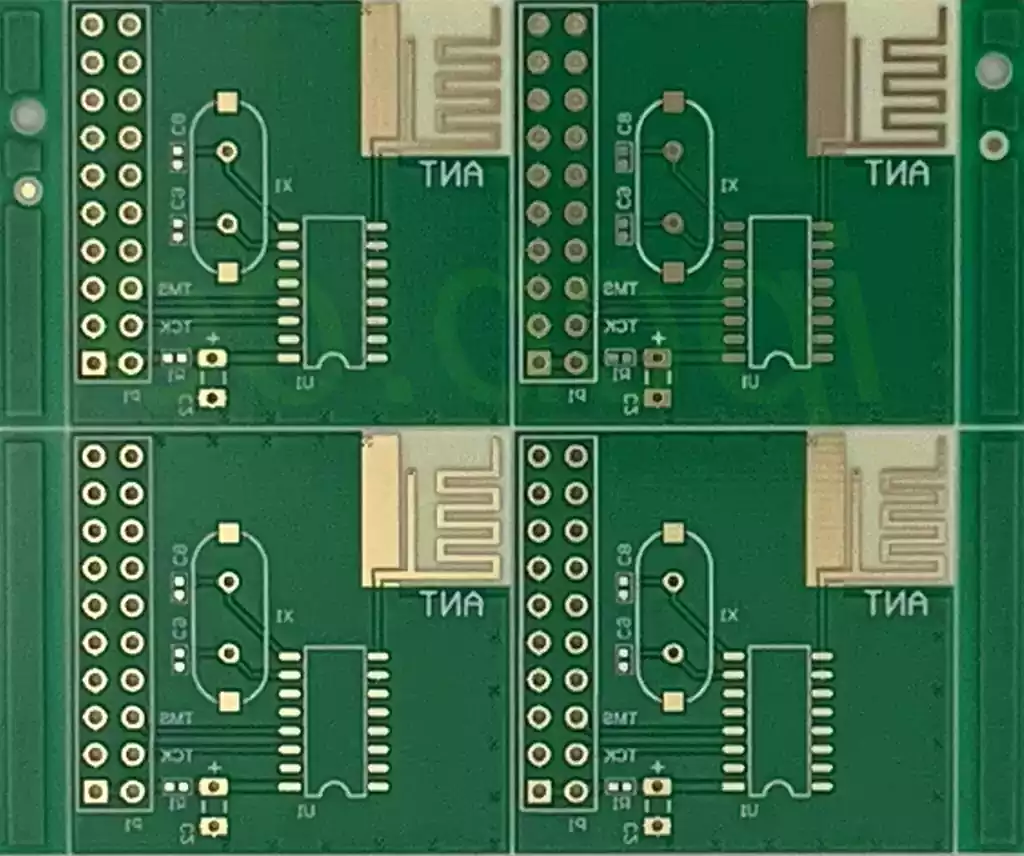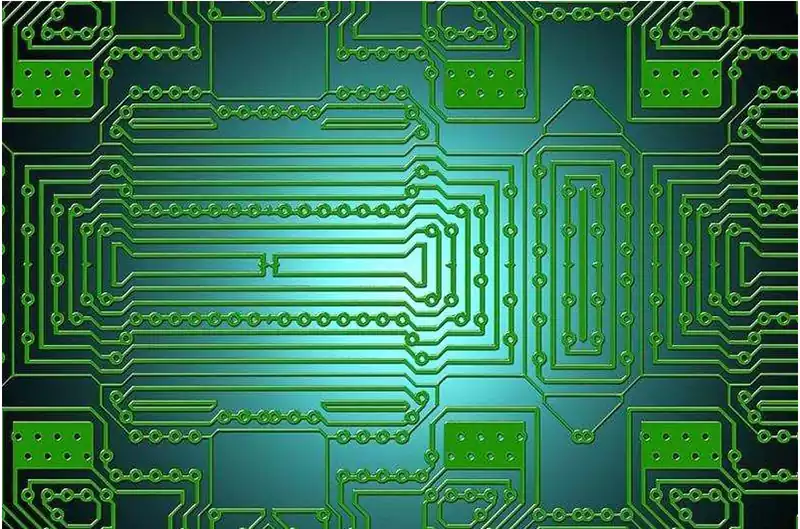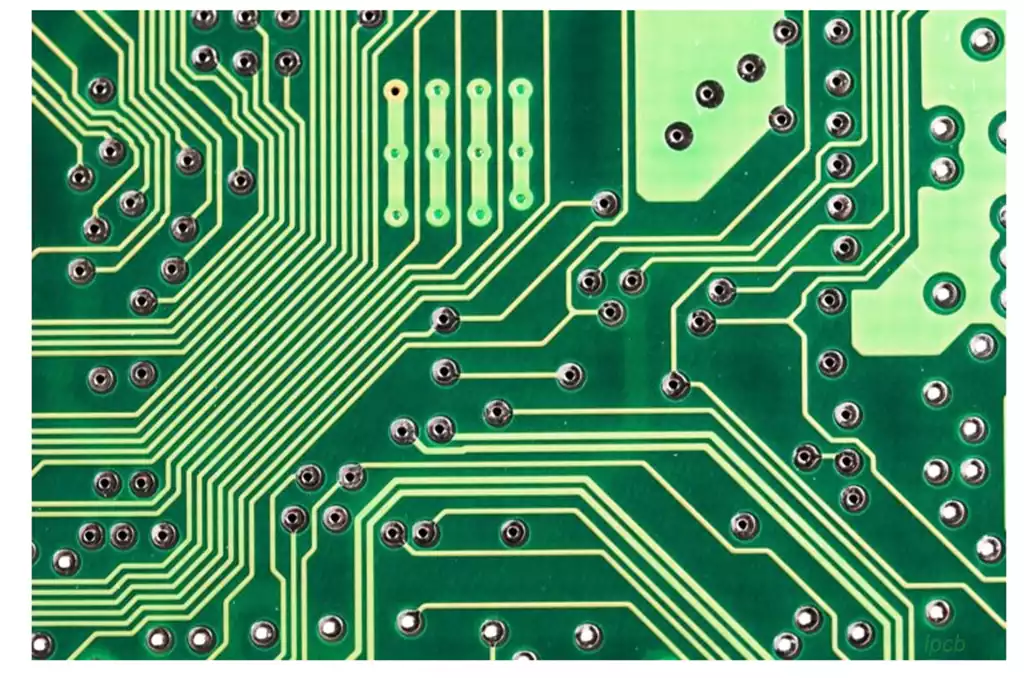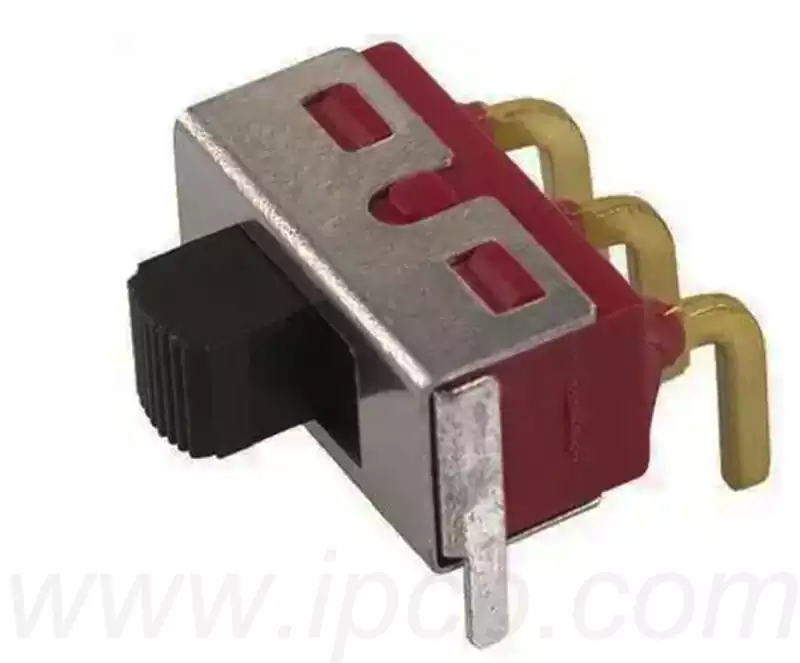What is fpga?FPGA is also a chip in essence, is a digital circuit-based integrated chip, is in the PAL (Programmable Array Logic), GAL (Generalized Array Logic) and other programmable devices on the basis of further development of the product. It is as a special integrated circuit (ASIC) in the field of a semi-customized circuits and appeared, both to solve the shortcomings of the customized circuits, but also to overcome the shortcomings of the original programmable device gate number is limited.
How does a fpga work?
Programmable Logic Cell (PLC)
Programmable Logic Cell (PLC) is the core part of FPGA, which consists of programmable logic gates, registers, memories and flip-flops, etc., and can realize the functions of various logic circuits and digital circuits.PLC can be programmed to realize the functions of various logic circuits and digital circuits, such as adder, multiplier, logic gates, etc., so as to realize the design and development of various circuits.PLC can realize the design and development of various circuits through programmable clocks and control signals. programmable clocks and control signals to achieve control and regulation of various circuits, thereby improving the performance and efficiency of the circuits.
PLC functions can be programmed through hardware description languages (HDL), such as VHDL and Verilog, etc. HDL is a language for describing digital circuits, which describes the circuit’s logical structure, timing relationships, and signal transmission. Various functions of logic circuits and digital circuits can be realized through HDL programming.
Logic gates and flip-flops in the PLC can be connected together according to the design needs. This flexibility enables FPGAs to handle a variety of different tasks, including digital signal processing, communications, image processing, and more.
Programmable Interconnect Network (PCN)
Programmable interconnect network (PCN) is another important component of FPGAs, which consists of programmable interconnect channels and crosspoints that enable interconnection and communication of various circuits.PCN can be programmed to interconnect and communicate with various circuits, such as datapaths, control paths, etc., to enable the integration and optimization of a variety of circuits.
The functions of the PCN can be programmed through hardware description languages (HDL), such as VHDL and Verilog. The interconnection and communication of various circuits can be achieved through HDL programming.PCN enables the integration and optimization of various circuits,thereby improving the performance and efficiency of the circuits.
The PLC and PCN of FPGA can be programmed to realize the functions of various logic circuits and digital circuits,and interconnect and communicate various circuits, thus enabling the design and development of various circuits.FPGAs are reconfigurable and programmable,and can be flexibly configured and optimized according to the application requirements, thus improving the performance and efficiency of the circuits.

FPGAs are more programmable than fixed-function integrated circuits (ASICs), which have fixed circuits and therefore cannot change their functionality. In contrast, the functionality of FPGAs can be modified programmatically, making FPGAs suitable for different applications.
Programmable Interconnect Resources (PIR)
FPGAs work with Programmable Logic Units (PLUs) and Programmable Interconnect Resources (PIRs), which are the smallest programmable units in FPGAs that perform functions such as logic operations, storage, and state control.
The PIR is the interconnect resource in the FPGA that can connect different PLUs to form different logic circuits. It consists of programmable interconnect channels and crosspoints that enable interconnection and communication of various circuits.The functions of PIR can be programmed through Hardware Description Language (HDL) to implement interconnection and communication of various circuits, such as data path, control path, etc.,which enables integration and optimization of various circuit boards, thus improving the performance and efficiency of the circuits.
The programming of FPGAs is realized through HDL (Hardware Description Language), which is a C-like language that can be used to describe the structure and function of circuits. When using HDL for FPGA programming, you need to convert the HDL code into a bitstream file that can be recognized by the FPGA, and then download the bitstream file into the FPGA to realize the programming of FPGA.
FPGA Benefits:
Reconfigurability: Can be reprogrammed as needed, so it can be used in many different applications.
Rapid development time: Development time is shorter than with ASICs because it does not require the fabrication of new hardware.
Low cost: Development costs can be significantly reduced as multiple applications can be implemented without the need for extensive customized hardware.
High-speed performance:Because such technologies can be implemented at the hardware level for specific tasks, they are often faster than software-based solutions.
Because FPGAs are highly flexible and reconfigurable, they are used in a wide range of applications.
Communications: To enable a variety of communication protocols such as Ethernet, USB, and PCI Express.
Digital Signal Processing: To efficiently perform digital signal processing tasks such as audio processing and video processing.
Medical: For medical imaging devices such as magnetic resonance imaging (MRI) and computed tomography (CT).
Automotive: For control, diagnostic and safety functions in automotive electronic systems.
Aerospace: Can be used in aerospace applications.
FPGA, with their high reconfigurability and flexibility, is becoming the core of modern digital systems. With the evolution of technology, FPGAs are increasingly used in communications, medical, automotive and many other fields, continuing to drive innovation and change.



